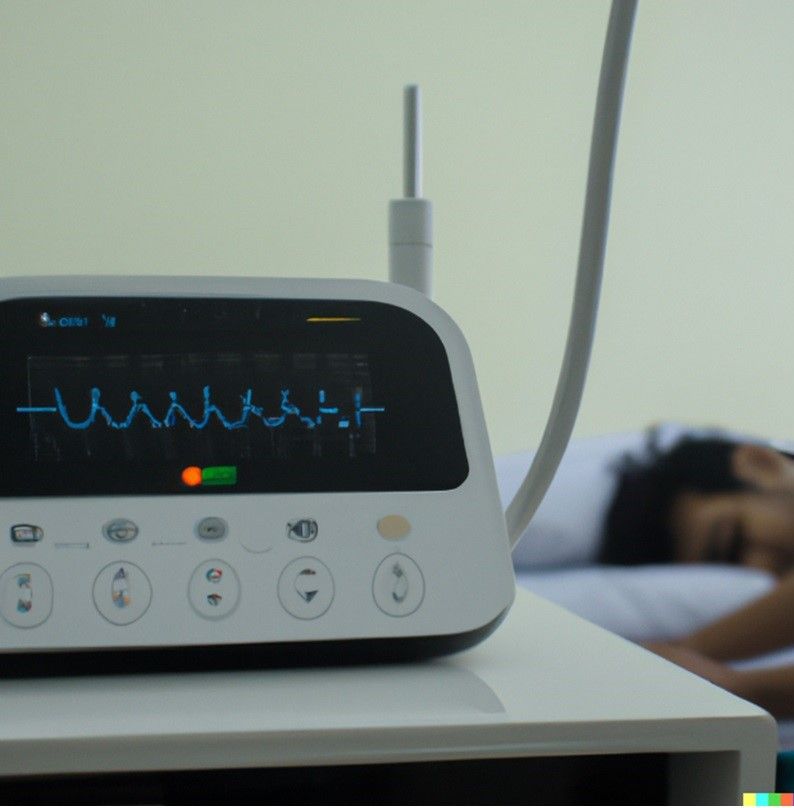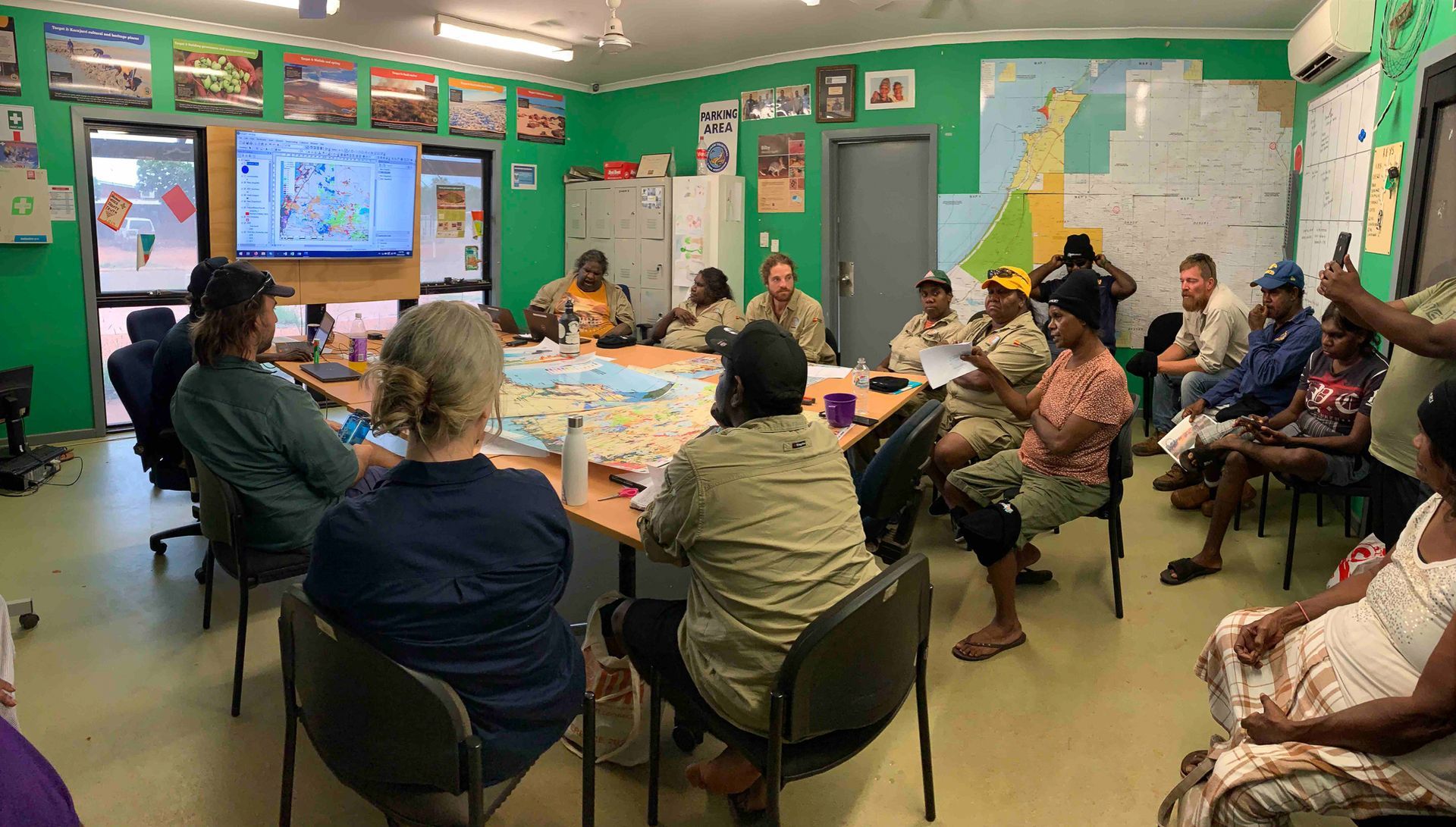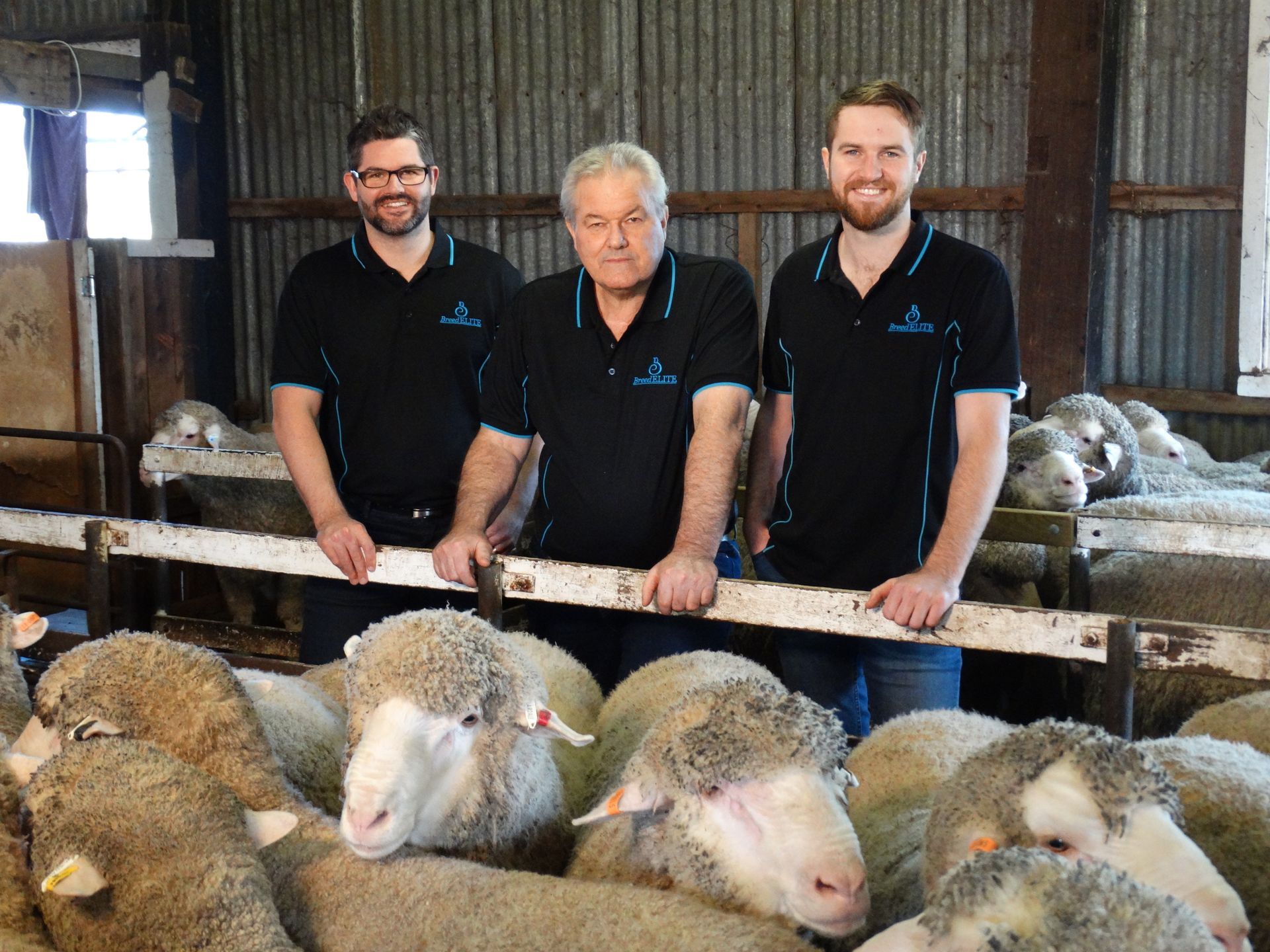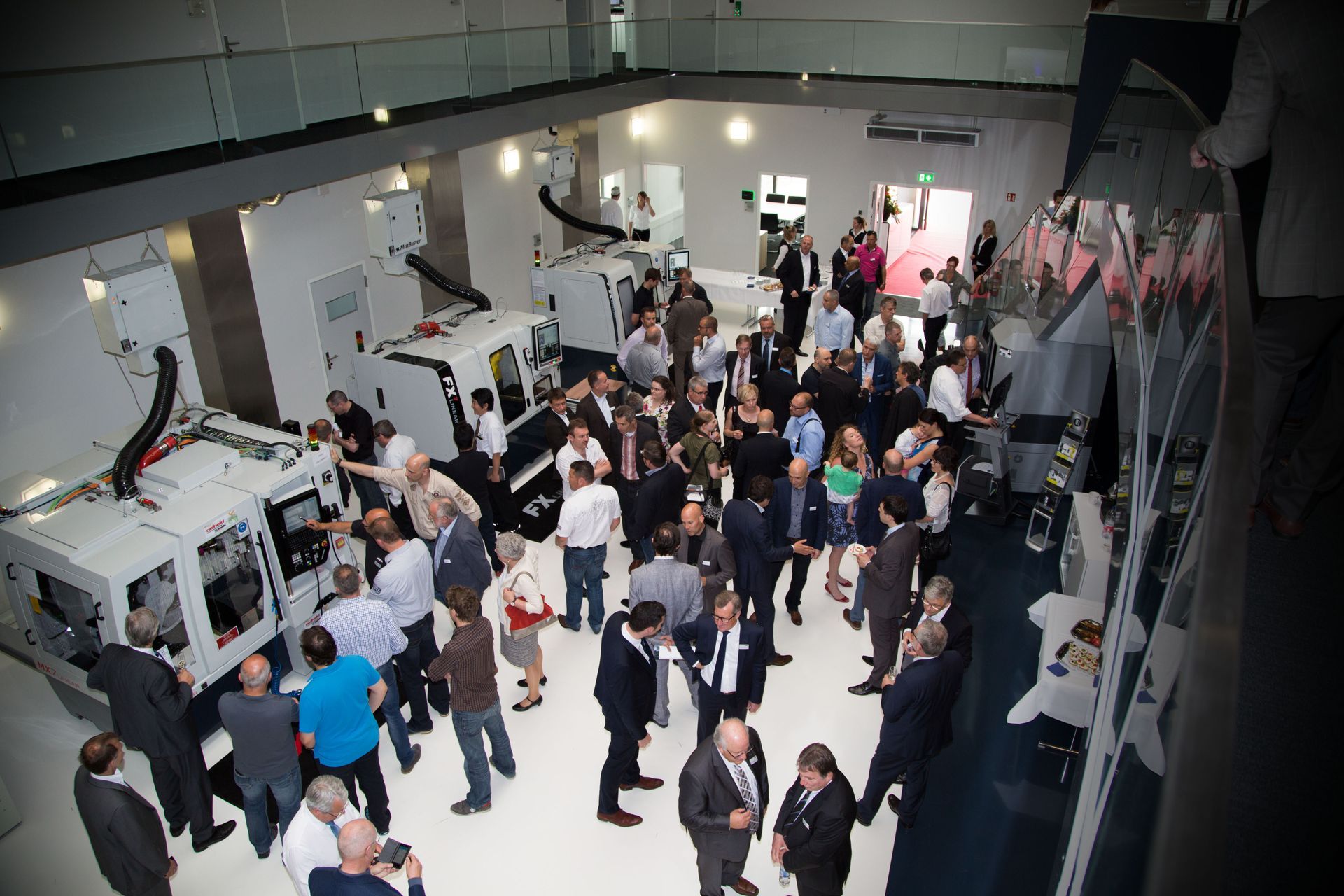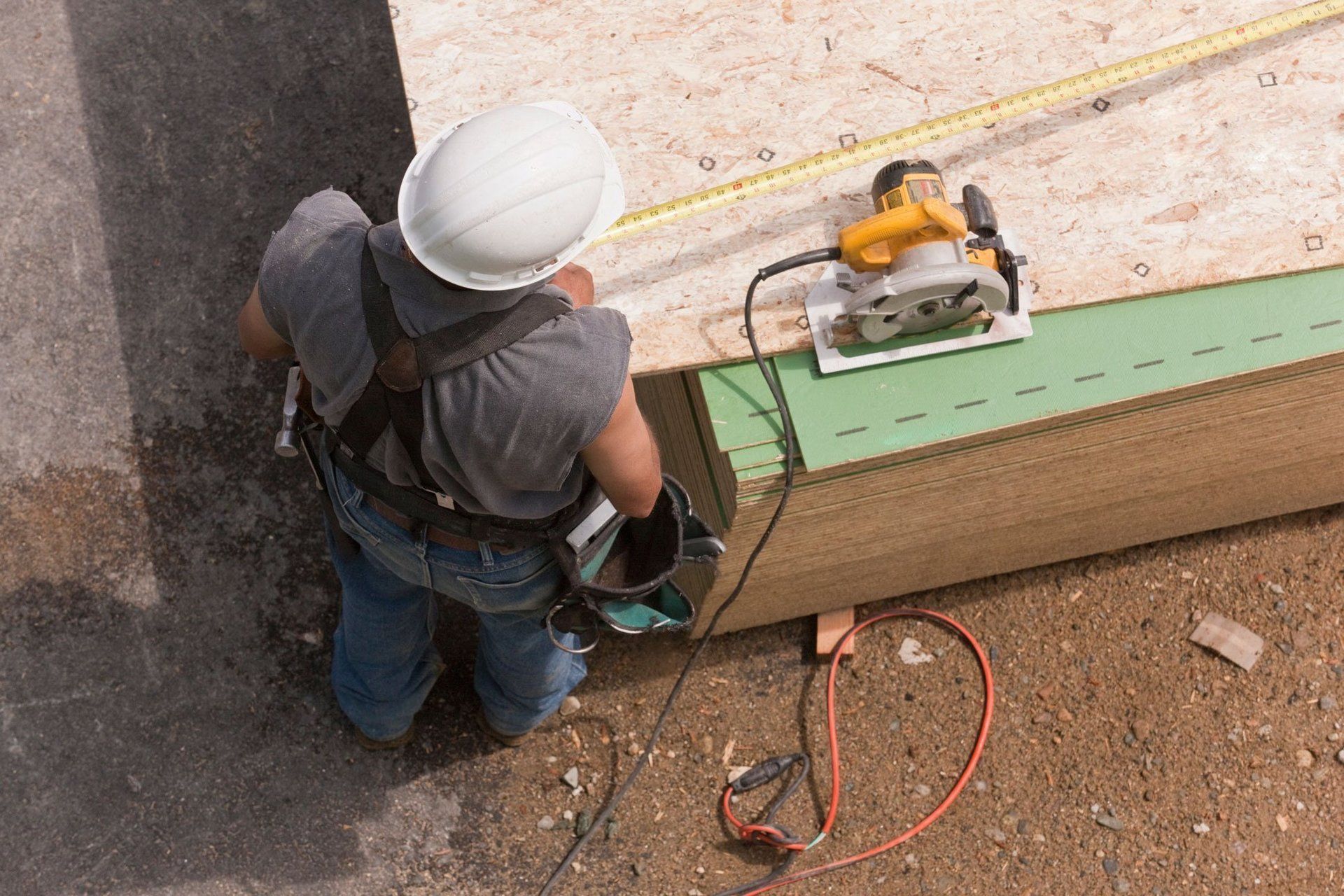No pain no gain: nerve pain treatment nears human trials
Georgia Fryer
Researchers have successfully treated chronic pain in mice using human stem cells.

Researchers at the University of Sydney have used human stem cells to make pain-killing neurons that provide lasting relief in mice, without side effects, in a single treatment.
The team hopes to trial the treatment in humans suffering from neuropathic pain in the next five years thanks to funding from the NSW Ministry of Health.
Neuropathic pain affects 7-9 per cent of the population, with drugs providing relief to only a quarter of those suffering, according to Professor Greg Neely, a leader in pain research at the Charles Perkins Centre and the School of Life and Environmental Sciences.
Neuropathic pain occurs when a chronic signal sent to the spinal cord and brain changes the flow of the nervous system. This prevents the body from turning off the pain after the injury has healed. It is most commonly caused by back pain, cancer, shingles, nerve injuries and diabetic neuropathy.
“Nerve injury can lead to devastating neuropathic pain. For the majority of patients there are no effective therapies. This breakthrough means for some of these patients, we could make pain-killing transplants from their own cells, and the cells can reverse the underlying cause of pain,” Neely said.
The researchers took human stem cells from skin or blood and turned them into pluripotent cells creating 95 per cent
pain-killing neurons.
The neurons are then injected into the spinal cord of the mice, where pain perception is first processed. The injection blocked neuropathic pain at the spinal cord but didn’t affect mice without neuropathic pain.
Professor Neely said after a single treatment it took seven to 14 days to see successful results that last up to 6 months. Whilst current testing doesn’t exceed 6 months, there is good evidence that the treatment is permanent.
The treatment has also successfully treated pain caused by breast cancer in rats.
In preparation for the human trials, the researchers will conduct safety tests on pigs not suffering neuropathic pain to determine whether any side effects could develop, Professor Neely said.
The work stems from an earlier study where researchers were able to take pain-killing neurons from the brains of mice and transplant them into mice experiencing neuropathic pain to suppress its effects.
Whilst, this treatment has only successfully helped neuropathic pain that is caused by touch and not cold temperatures, Professor Neely remains optimistic that this form of treatment will be the future of medicine in Australia as it treats the cause of chronic pain and not simply its effects.

In 2016 I published a blog article titled Moonshots for Australia: 7 For Now. It’s one of many I have posted on business and innovation in Australia. In that book, I highlighted a number of Industries of the Future among a number of proposed Moonshots. I self-published a book, Innovation in Australia – Creating prosperity for future generations, in 2019, with a follow-up COVID edition in 2020. There is no doubt COVID is causing massive disruption. Prior to COVID, there was little conversation about National Sovereignty or supply chains. Even now, these topics are fading, and we remain preoccupied with productivity and jobs! My motivation for this writing has been the absence of a coherent narrative for Australia’s business future. Over the past six years, little has changed. The Australian ‘psyche’ regarding our political and business systems is programmed to avoid taking a long-term perspective. The short-term nature of Government (3 to 4-year terms), the short-term horizon of the business system (driven by shareholder value), the media culture (infotainment and ‘gotcha’ games), the general Australian population’s cynical perspective and a preoccupation with a lifestyle all create a malaise of strategic thinking and conversation. Ultimately, it leads to a leadership vacuum at all levels. In recent years we have seen the leadership of some of our significant institutions failing to live up to the most basic standards, with Royal Commissions, Inquiries and investigations consuming excessive time and resources. · Catholic Church and other religious bodies · Trade Unions · Banks (and businesses generally, take casinos, for example) · the Australian Defence Force · the Australian cricket teams · our elected representatives and the staff of Parliament House As they say, “A fish rots from the head!” At best, the leadership behaviour in those institutions could be described as unethical and, at worst….just bankrupt! In the last decade, politicians have led us through a game of “leadership by musical chairs” – although, for now, it has stabilised. However, there is still an absence of a coherent narrative about business and wealth creation. It is a challenge. One attempt to provide such a narrative has been the Intergenerational Reports produced by our federal Government every few years since 2002. The shortcomings of the latest Intergenerational Report Each Intergenerational Report examines the long-term sustainability of current government policies and how demographic, technological, and other structural trends may affect the economy and the budget over the next 40 years. The fifth and most recent Intergenerational Report released in 2021 (preceded by Reports in 2002, 2007, 2010 and 2015) provides a narrative about Australia’s future – in essence, it is an extension of the status quo. The Report also highlights three key insights: 1. First, our population is growing slower and ageing faster than expected. 2. The Australian economy will continue to grow, but slower than previously thought. 3. While Australia’s debt is sustainable and low by international standards, the ageing of our population will pressure revenue and expenditure. However, its release came and went with a whimper. The recent Summit on (what was it, Jobs and Skills and productivity?) also seems to have made the difference of a ‘snowflake’ in hell in terms of identifying our long-term challenges and growth industries. Let’s look back to see how we got here and what we can learn. Australia over the last 40 years During Australia’s last period of significant economic reform (the late 1980s and early 1990s), there was a positive attempt at building an inclusive national narrative between Government and business. Multiple documents were published, including: · Australia Reconstructed (1987) – ACTU · Enterprise Bargaining a Better Way of Working (1989) – Business Council of Australia · Innovation in Australia (1991) – Boston Consulting Group · Australia 2010: Creating the Future Australia (1993) – Business Council of Australia · and others. There were workshops, consultations with industry leaders, and conferences across industries to pursue a national microeconomic reform agenda. Remember these concepts? · global competitiveness · benchmarking · best practice · award restructuring and enterprising bargaining · training, management education and multiskilling. This agenda was at the heart of the business conversation. During that time, the Government encouraged high levels of engagement with stakeholders. As a result, I worked with a small group of training professionals to contribute to the debate. Our contribution included events and publications over several years, including What Dawkins, Kelty and Howard All Agree On – Human Resources Strategies for Our Nation (published by the Australian Institute of Training and Development). Unfortunately, these long-term strategic discussions are nowhere near as prevalent among Government and industry today. The 1980s and 1990s were a time of radical change in Australia. It included: · floating the $A · deregulation · award restructuring · lowering/abolishing tariffs · Corporatisation and Commercialisation Ross Garnaut posits that the reforms enabled Australia to lead the developed world in productivity growth – given that it had spent most of the 20th century at the bottom of the developed country league table. However, in his work, The Great Reset, Garnaut says that over the next 20 years, our growth was attributable to the China mining boom, and from there, we settled into “The DOG days” – Australia moved to the back of a slow-moving pack! One unintended consequence of opening our economy to the world is the emasculation of the Australian manufacturing base. The manic pursuit of increased efficiency, lower costs, and shareholder value meant much of the labour-intensive work was outsourced. Manufacturing is now less than 6% of our GDP , less than half of what it was 30 years ago!


